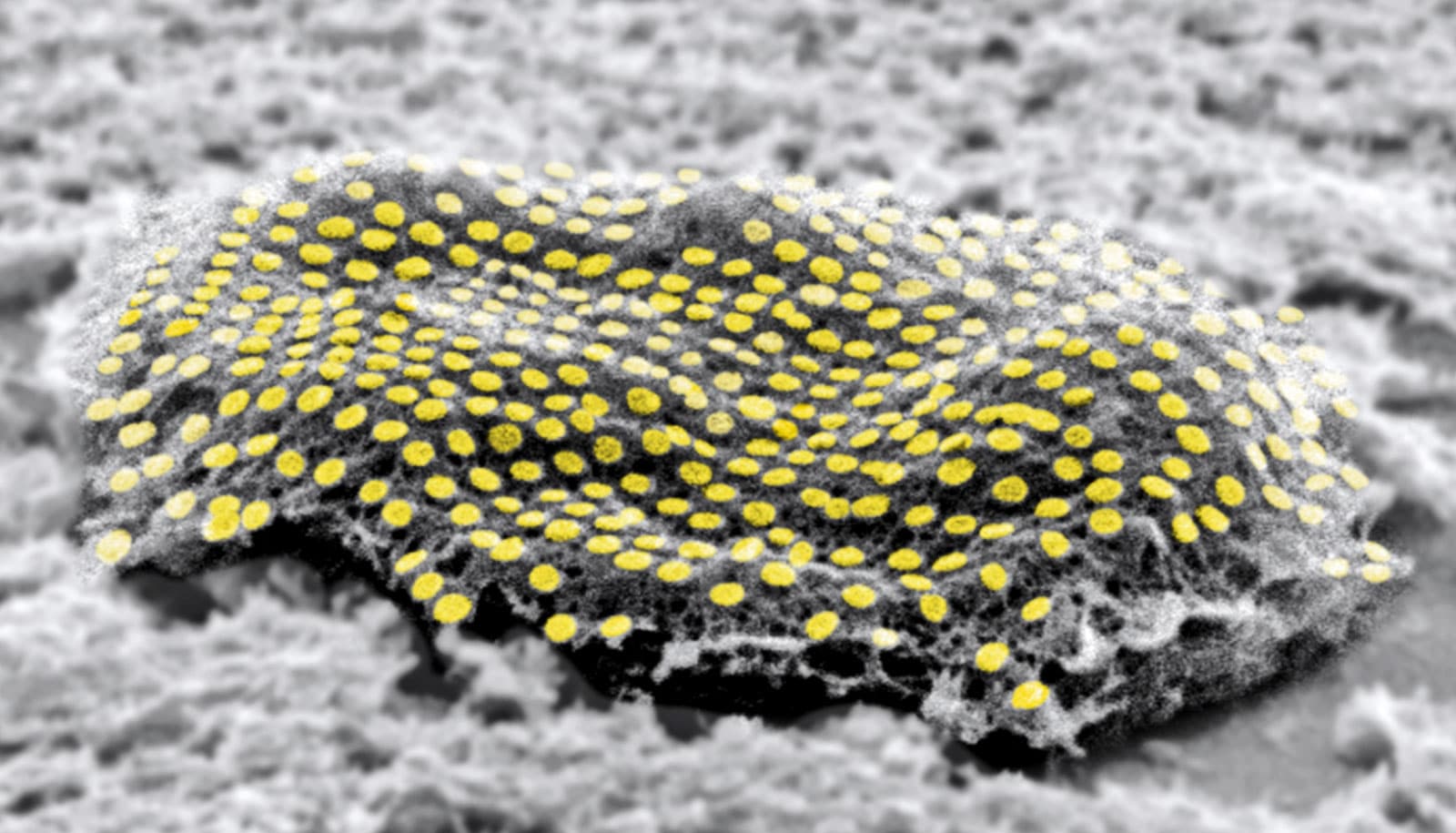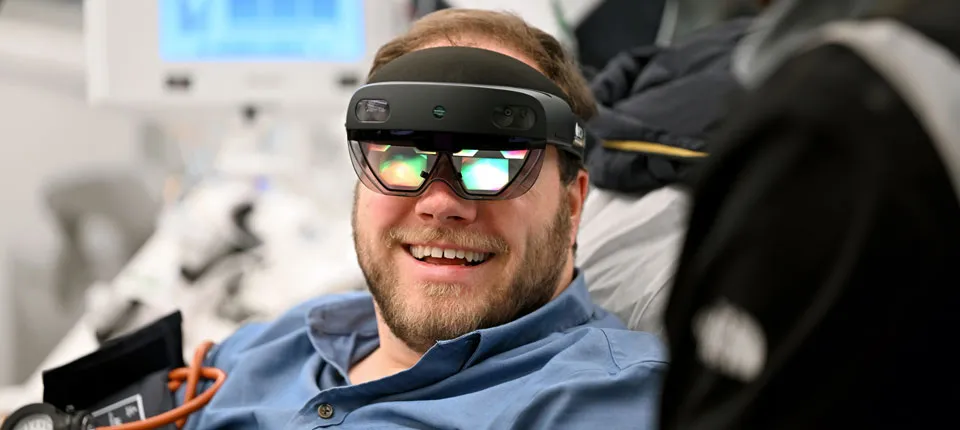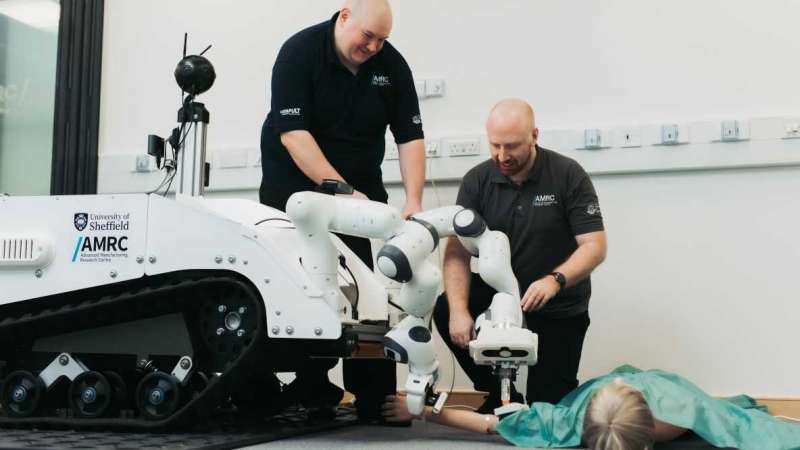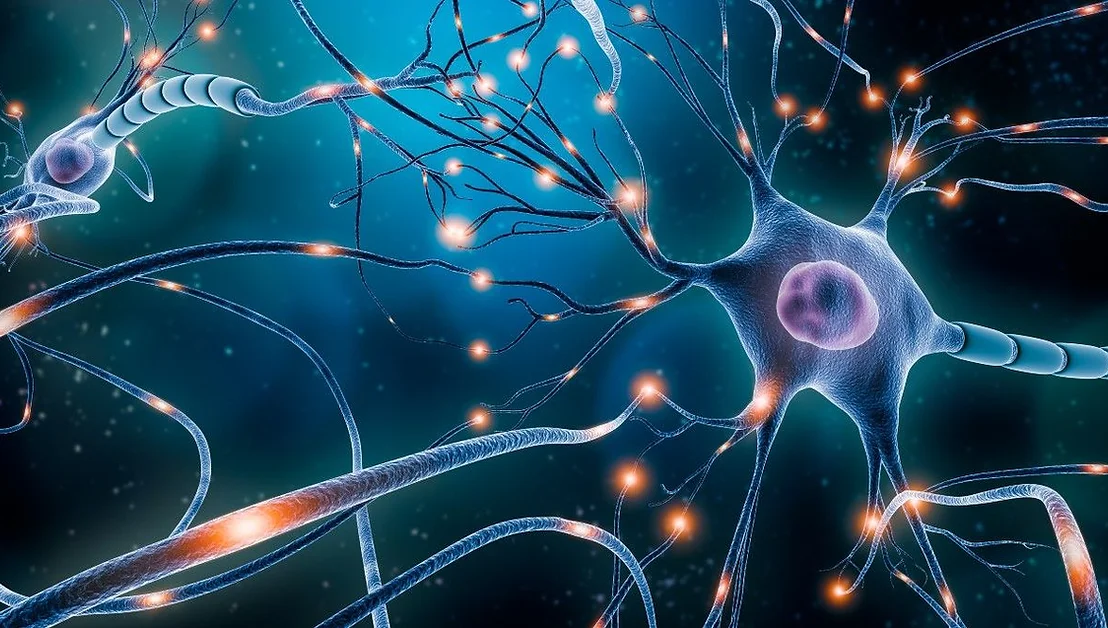The field of medicine is undergoing a remarkable transformation, thanks to the integration of artificial intelligence (AI). The future holds the promise of creating digital twins, virtual counterparts that simulate various physiological processes within the human body. These digital replicas are set to play a pivotal role in diagnosing and treating diseases, offering personalized insights that surpass our own self-awareness.
Digital twins continuously collect real-time data on our bodily functions as we go about our daily lives, whether working, exercising, socializing, or seeking medical advice. They are envisioned to become indispensable partners, providing guidance and recommendations tailored to our unique needs. According to physician Claudia Witt, Professor and Co-director of the Digital Society Initiative (DSI) at UZH, digital twins are poised to revolutionize healthcare by addressing key challenges through AI integration.
Continue reading… “Digital Twins: AI’s Pioneering Role in Healthcare Transformation”












